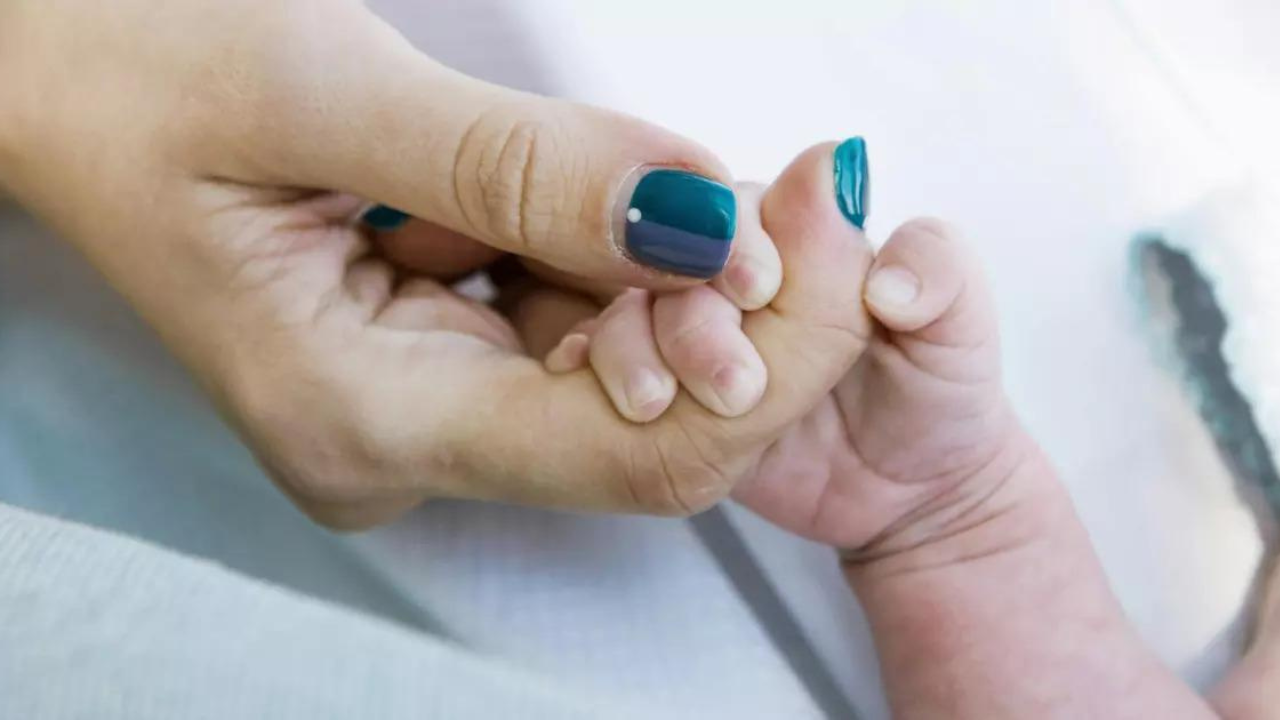[ad_1]
“I ask the parliament’s cooperation to revise government organisation to set up the ministry of low birth rate counter planning,” he said in a live address to the nation.
Last year, official data shows that South Korea‘s birth rate dropped to a historically low level, even though the country has invested billions of dollars in initiatives to promote higher birth rates and ensure population stability.
The country has one of the longest life expectancies in the world and lowest birth rates, which creates a significant demographic challenge.
The fertility rate of South Korea, which is the number of children expected to be born to a woman in her lifetime, decreased to 0.72 in 2023, showing a nearly eight percent decline from 2022, as reported by preliminary data from Statistics Korea in February.
This is significantly lower than the 2.1 children required to sustain the current population of 51 million. At this rate, the population is projected to almost halve by the year 2100, according to experts’ estimates.
South Korea has the lowest birth rate of 0.72 among OECD nations, with the highest average age for giving birth at 33.6 in the OECD.
The government has spent significant amounts to encourage more babies, which includes cash subsidies, babysitting services, and support for infertility treatment.
However, the rate of births has been consistently decreasing over time.
Yoon made a comment about the birth rate ministry before holding his first press conference in almost two years following his party’s significant loss in last month’s general elections.
(With inputs from agencies)
function loadGtagEvents(isGoogleCampaignActive) { if (!isGoogleCampaignActive) { return; } var id = document.getElementById('toi-plus-google-campaign'); if (id) { return; } (function(f, b, e, v, n, t, s) { t = b.createElement(e); t.async = !0; t.defer = !0; t.src = v; t.id = 'toi-plus-google-campaign'; s = b.getElementsByTagName(e)[0]; s.parentNode.insertBefore(t, s); })(f, b, e, 'https://www.googletagmanager.com/gtag/js?id=AW-877820074', n, t, s); };
function loadSurvicateJs(allowedSurvicateSections = []){ const section = window.location.pathname.split('/')[1] const isHomePageAllowed = window.location.pathname === '/' && allowedSurvicateSections.includes('homepage')
if(allowedSurvicateSections.includes(section) || isHomePageAllowed){ (function(w) { var s = document.createElement('script'); s.src="https://survey.survicate.com/workspaces/0be6ae9845d14a7c8ff08a7a00bd9b21/web_surveys.js"; s.async = true; var e = document.getElementsByTagName('script')[0]; e.parentNode.insertBefore(s, e); })(window); }
}
window.TimesApps = window.TimesApps || {};
var TimesApps = window.TimesApps;
TimesApps.toiPlusEvents = function(config) {
var isConfigAvailable = "toiplus_site_settings" in f && "isFBCampaignActive" in f.toiplus_site_settings && "isGoogleCampaignActive" in f.toiplus_site_settings;
var isPrimeUser = window.isPrime;
if (isConfigAvailable && !isPrimeUser) {
loadGtagEvents(f.toiplus_site_settings.isGoogleCampaignActive);
loadFBEvents(f.toiplus_site_settings.isFBCampaignActive);
loadSurvicateJs(f.toiplus_site_settings.allowedSurvicateSections);
} else {
var JarvisUrl="https://vsp1jarvispvt.indiatimes.com/v1/feeds/toi_plus/site_settings/643526e21443833f0c454615?db_env=published";
window.getFromClient(JarvisUrl, function(config){
if (config) {
loadGtagEvents(config?.isGoogleCampaignActive);
loadFBEvents(config?.isFBCampaignActive);
loadSurvicateJs(config?.allowedSurvicateSections);
}
})
}
};
})(
window,
document,
'script',
);
[ad_2]
Source link






